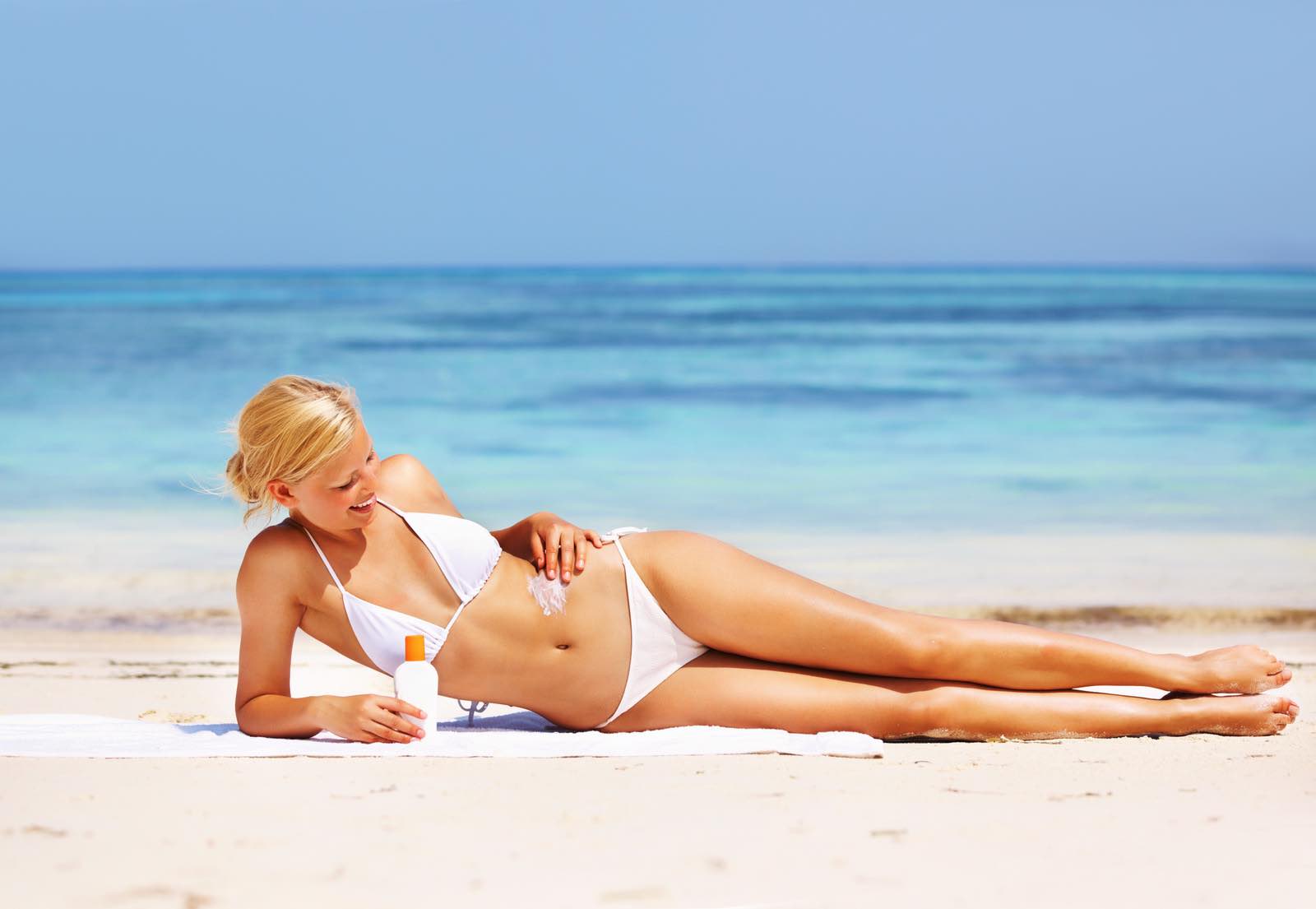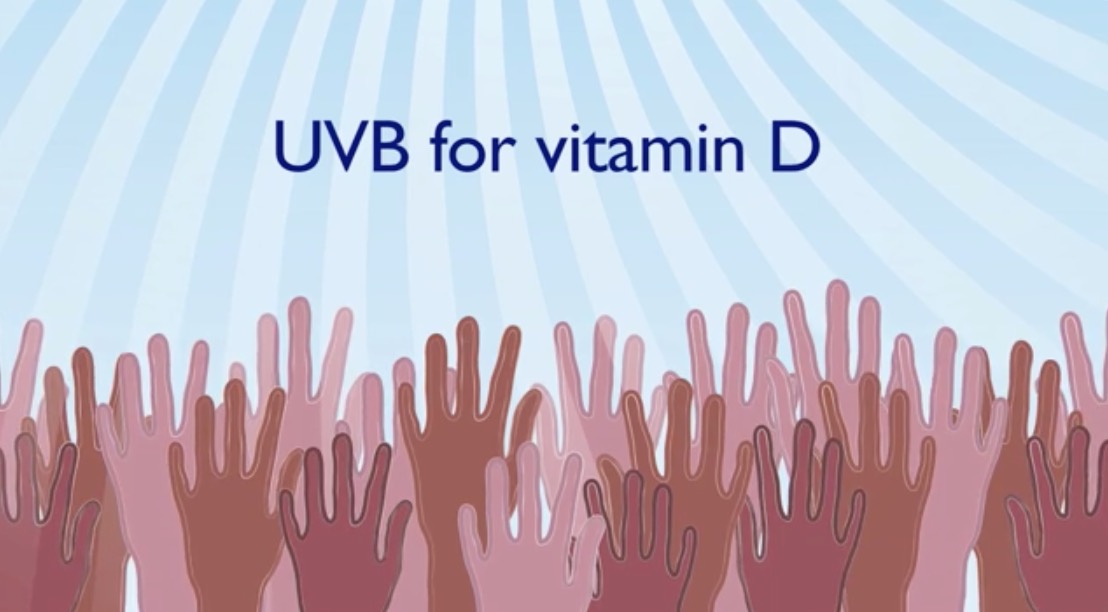Sun tanning
Related topics
Artificial tanning
Pool Tanning
Sun tanning lotion
Benefits of tanning
SPF
Nude tanning
Dangers of tanning
Effects of tanning
Tanning product
Pregnancy and tanning
Sun burn
Discount tanning bed lotion
Discount tanning lotion
Beach Bum Tanning
For many people sun tanning is done deliberately, either by being outdoors exposed to the sun's UV rays, or indoors under an artificial UV light system.
In either case, this is done believing a suntanned look to be a sort of fashion statement, presenting an image claiming to be healthier, slimmer, and sexier. Sometimes a tanned look is simply the result of an outdoors lifestyle or occupation.
For me, whether you choose to suntan or obtain one by default, the big question is how can this be done safely?
 The beach always appeals for Sun tanning
The beach always appeals for Sun tanningSo, how does Sun Tanning work?
When either the ultraviolet radiation of the sun, or the artificial UV rays from sun beds, hits your skin, it stimulates cells known as melanocytes. These melanocytes make the brown pigment called melanin, produced in greater quantities as it is exposed to more sunlight and which protects your skin from the sun. So melanin is there as a completely natural protection ability of the skin from the sun's ultraviolet rays.
The colour of your skin is determined by the amount of melanin it contains. The greater the amount of melanin in your skin, the darker the colour your skin will be and by default, the greater your natural protection from the sun.
This melanin acts like a barrier for the skin's cells, while producing a darker tint that results from sun tanning. However, it is actually visible proof that your skin has been damaged and it is doing something to protect itself!
When we look around the globe, we have a wonderful variety of different coloured skins. Looking at where they all originate from, we find the closer to the equator, the darker the skin and the further away, the lighter the skin. For example, Africans have very dark skins, Italians an olive skin and Norwegians have very pale skins. Or looked at differently, Africans have a much higher percentage of melanin in their skin than Italians, who in turn have more melanin than Swedish people.
Effectively, this enables Africans to stay in the sun a lot longer before the sun increases their melanin levels, thus creating a 'tan'. Whereas Swedish people will most likely start to tan very quickly whilst sun tanning and in fact need to watch out they don't get sun burnt very quickly.
And then there's the complication of Vitamin D and your skin type.
How can sun tanning be done safely?
In order to obtain a healthy tan, you will need to know your skin type and how quickly it will start to tan. Knowing this and exposing yourself to limited amounts of sun daily will slowly increase the melanin levels and allow you to tan without getting sun burnt.
The key is not getting sun burnt. Knowing your skin type as a variant of one of the 3 below, will help you decide how long you can safely expose yourself to the sun without burning and then what SPF to use and how often to reapply it:
- Fair skin.
Your skin is a pale shade, sometimes freckled, often accompanied by hair that is light in colour or red, and eyes that are blue or green. Your skin tends to burn easily and quickly and it is always hard for you to develop a darker colour or tan once your skin has been exposed to the sun. - Olive skin.
Your skin has a natural light brown or coffee shade and you are able to develop a deeper brown skin colour quickly and easily without burning. Invariably, your hair and eyes are brown or dark brown. - Dark skin.
Your skin, hair and eyes are very dark and your skin can endure a relatively long time exposed to the sun without burning. Even a very dark skin is not invincible though as it will 'burn' in strong sunlight or when exposed for too long and will then usually turn an even darker shade than before.
Melanin can only protect your skin so much. If you continue sun tanning to excess, the UV radiation will damage your skin and skin cancer becomes a very real danger. This damage shows up regularly on fair-skinned and olive-skinned people, and to a lesser degree on dark skinned people as:
- freckled skin (especially where most exposed, like the nose, cheeks, tips of ears)
- brown age spots (different to freckles, usually larger)
- blotchiness and uneven skin tone
- skin cancer
- sagging skin that looks older than it is
- wrinkles
- more wrinkles and more brown age spots!
Sun tanning and the Vitamin D benefit
By exposing your skin to the suns' UV rays in a controlled manner, we can take advantage of the increasing number of health benefits that Vitamin D in our bodies provides.
UVB radiation converts a chemical in our skin (7-dehydrocholesterol) into vitamin D, which is then converted into a hormone-like substance in our liver, kidneys and other organs. About 90 percent of the vitamin D that we need comes from exposure to sunlight.
But, while it's certainly essential, we can get a sufficient amount in a relatively short time, so it's definitely not an excuse to go bake yourself in the sun for hours.







New! Comments
Have your say... please leave me a comment in the box below.